SUMMARY
This is AI generated summarization, which may have errors. For context, always refer to the full article.
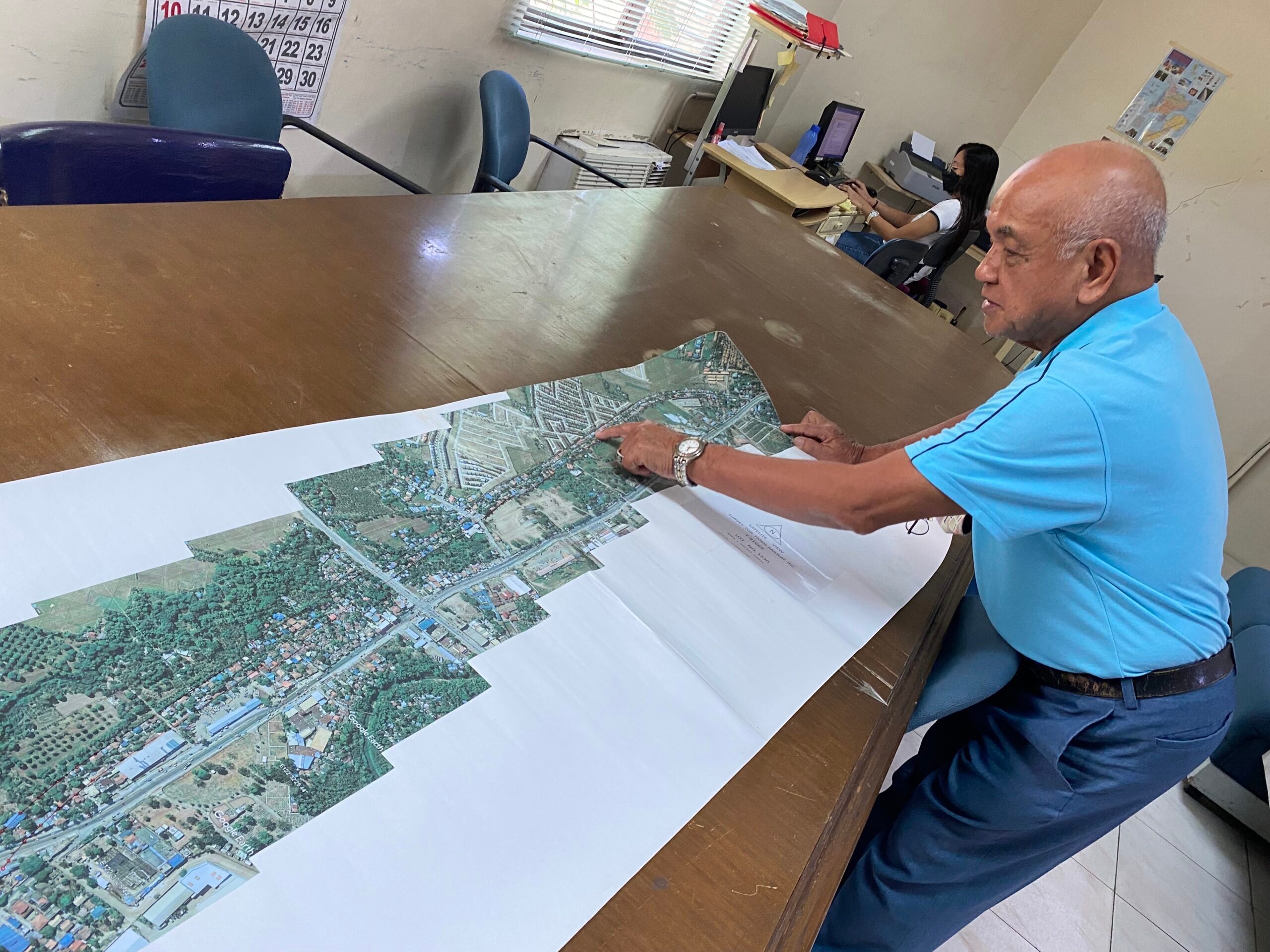
ILOILO, Philippines – Local, regional, and national officials need to draft an economic masterplan for Panay Island before green-lighting the revival of the defunct Panay Railways.
One of the main problems they need to resolve is the displacement of thousands of families or business entities that have settled on the government corporation’s land.
Terence Uygongco, an engineer and president of the Filipino-Chinese Chamber of Commerce of Iloilo, Inc., said plans to revive the Panay Railways should also consider the mass transit needs of the city and province of Iloilo.
“Railways systems specifically for goods transportation include these advantages: cost-effectiveness, energy efficiency, reliability, and reduced congestion. But there are also disadvantages, such as limited flexibility, accessibility, and infrastructure investment,” Uygongco told Rappler in an interview on March 28.
Since railways are on fixed lines, these should be located within road networks for easier access to travelers.
In terms of infrastructure investment, Uygongco said decision-makers should weigh in on the US$1.5-billion (P82.5 billion) proposed budget for Phase 1 of the project.
That budget can fund more than 4,000 kilometers (km) of new roads, he pointed out.
Tourism
Cesar Capellan, chief operations officer of the state-owned Panay Railways, Inc. (PRI)., said Phase 1 covers the 117 km of railway tracks from Iloilo City to Roxas City.
Panay railway’s original route included 19 permanent and 10 flag stations.
It connected La Paz and Jaro in Iloilo City, the towns of Pavia, Santa Barbara, New Lucena, Pototan, Dingle, Dueñas, and Passi City in Iloilo; and Dumarao, Dao, Panitan, Cuartero, and Loctugan up to Roxas City in Capiz.
Uygongco said planners should eye the use of rail tracks for passenger trains to improve access to tourism destinations.
“The old line of Panay Railways is for goods transport but we already have good roads connecting Iloilo City and Roxas City,” he pointed out.
Capellan said the revived railway system will have an expanded area of coverage.
Phase 2 will see the construction of new railway routes from Roxas City to Kalibo, Aklan, going to Caticlan in Malay, Aklan.
Phase 3 will cover the new railway route from Caticlan, Malay, Aklan to San Jose, Antique; and Phase 4 will cover the new route from San Jose, Antique to Iloilo City via Iloilo province’s San Joaquin and Miag-ao towns.
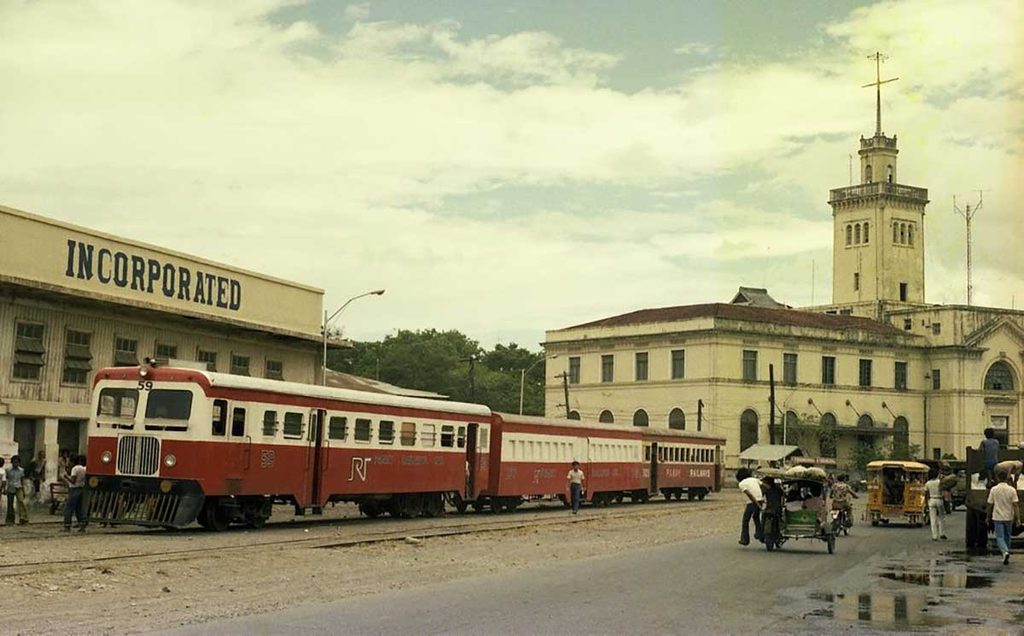
Potential benefits
Uygongco said a master plan should integrate Panay Island’s economic potential with existing and proposed infrastructures to enhance regional integration and improve the quality of life.
The master plan should also address the social costs or impacts of reviving the old railway like the displacement of residents on the old train line.
Planners should expect “opposition to this railway plan and those that are residing in the old railway line would be the major opposition,” Uygongco said.
“But they can be mitigated by carefully doing comprehensive planning and consultation,” the business leader said. “They (affected residents) need to be informed about the project and how they can be relocated and compensated.”
He also said that partnering with non-government organizations (NGOs) can help leverage their expertise and resources in addressing social issues.
Displacement fears
Capellan said residents leasing PRI’s properties would be asked to vacate their premises within six months before construction.
Since the railway’s closure in 1985, PRI leased its properties to settlers, with contracts renewable every two years.
Residents of Barangay Railway in LaPaz, Iloilo City fear losing their homes if the project kicks off.
Railway village is just one of the hundreds of barangays on or along the old railroad stretching more than 100 kilometers.
These settlements sprawl across two provinces, three cities, and 11 municipalities.
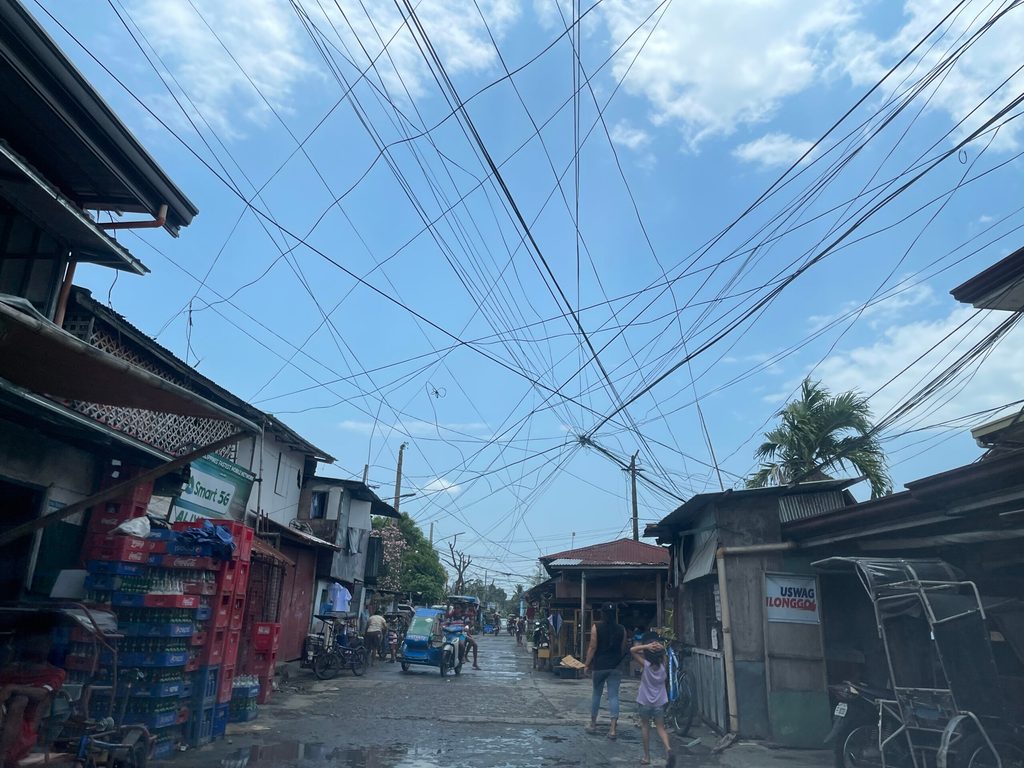
Punong Barangay Reynaldo Guillergan of Railway, LaPaz said he is worried about the displacement of informal settlers and residents in the area.
“Many of our constituents will be affected, especially the informal settlers if the project pushes through,” he said.
But Guillergan acknowledged that the project would improve transportation in Panay.
Capellan said they have 1,336 legal lessees in three Iloilo City districts – Lapuz (38 houses), LaPaz (385), and Jaro (913 houses).
The number could increase if illegal settlers are counted.
“These are lessees who rent [on Panay Railways property], so it’s going to be a big problem because they would have to look for land. How much does the land cost? You would have to then build a relocation site. The big bulk of the budget might be for relocation only,” he added.
“The new study is necessary to update the cost of relocation, line rehabilitation, acquisition of locomotives, and other factors,” he added.
Not in the city
Iloilo City Mayor Jerry Treñas suggested that the revival of Panay Railways should take place outside the city as it no longer needs a rail-based transport system.
Treñas said the city has so many roads already that it may no longer be feasible for the city to have a railway in its bustling districts.
He cited rural rail systems in other countries which are located near or on the outskirts of the city.
“We have so many roads in the city now, sometimes they have even doubled. Here in the city, we may not need it anymore. [Panay Railways] should be constructed outside the city. By doing that, we avoid displacing a lot of people,” Treñas said.
He added that reviving Panay Railways’ old line in the city would displace around 1,500 houses in La Paz and Jaro districts, creating a huge burden in relocating the affected residents.
Capellan said the Department of Transportation has begun accepting offers from firms that are interested in reviving the rail system.
Transportation Secretary Jaime J. Bautista in January announced $6 million available in loans to fund feasibility studies for three railway projects outside the National Capital Region – Panay railway, Bataan railway, and North Long Haul interregional railway.
Bautista said the studies will commence in the next few months.
Capellan said the feasibility study would estimate and determine the funding for the Panay railway revival, the project’s timeline, the scope of work, and project benefits for the public, among other factors.
Capellan said at least six firms have offered to undertake the study, including those from Türkiye, the United States, Saudi Arabia, Japan, England, and China.
The revival of the Panay railway was included in the first State of the Nation Address of President Ferdinand Marcos Jr. in July 2022.
Marcos also mentioned the 102-kilometer Mindanao Railways Project and the Cebu railway system.
Weeks after Marcos’s pronouncement, China Railway Investment Group Ltd. (CRIG) wrote Panay Railway Inc. expressing a reinvigorated interest to inject financing, loan, investment, logistics supply, and other forms of cooperation.
The company fielded its business associate, the Shanghai EVER-DO International Logistics Co. Ltd., to support the project’s logistical needs.
CRIG is also one of the contractors of the PHP142-billion PNR South Long-Haul Project, also called the PNR Bicol Express. It formed a consortium with China Railway No. 3 Engineering Group Co. Ltd., and China Railway Engineering Consulting Group Co. Ltd. to undertake the project.
Capellan said the revival project is likely to be undertaken through the public-private partnership (PPP) build-operate-and-transfer (BOT) scheme, which will give the investor 25 to 50 years to operate the railways. – Rappler.com
Add a comment
How does this make you feel?


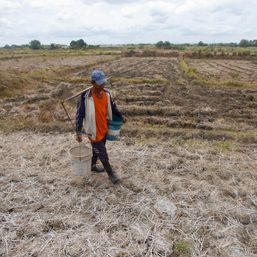
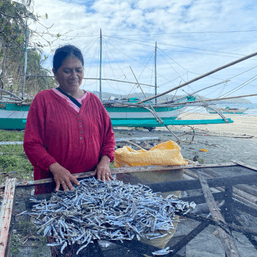










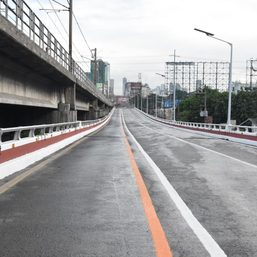

![[ANALYSIS] Investigating government’s engagement with the private sector in infrastructure](https://www.rappler.com/tachyon/2024/04/tl-gov-private-sectors-infra-04112024-1.jpg?resize=257%2C257&crop=435px%2C0px%2C1080px%2C1080px)
![[OPINION] Cities and public spaces should be for people first](https://www.rappler.com/tachyon/2024/04/imho-people-first-city-04132024.jpg?resize=257%2C257&crop_strategy=attention)


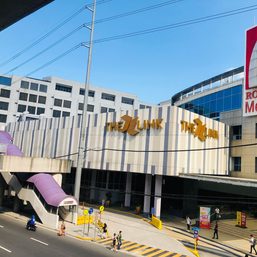






There are no comments yet. Add your comment to start the conversation.